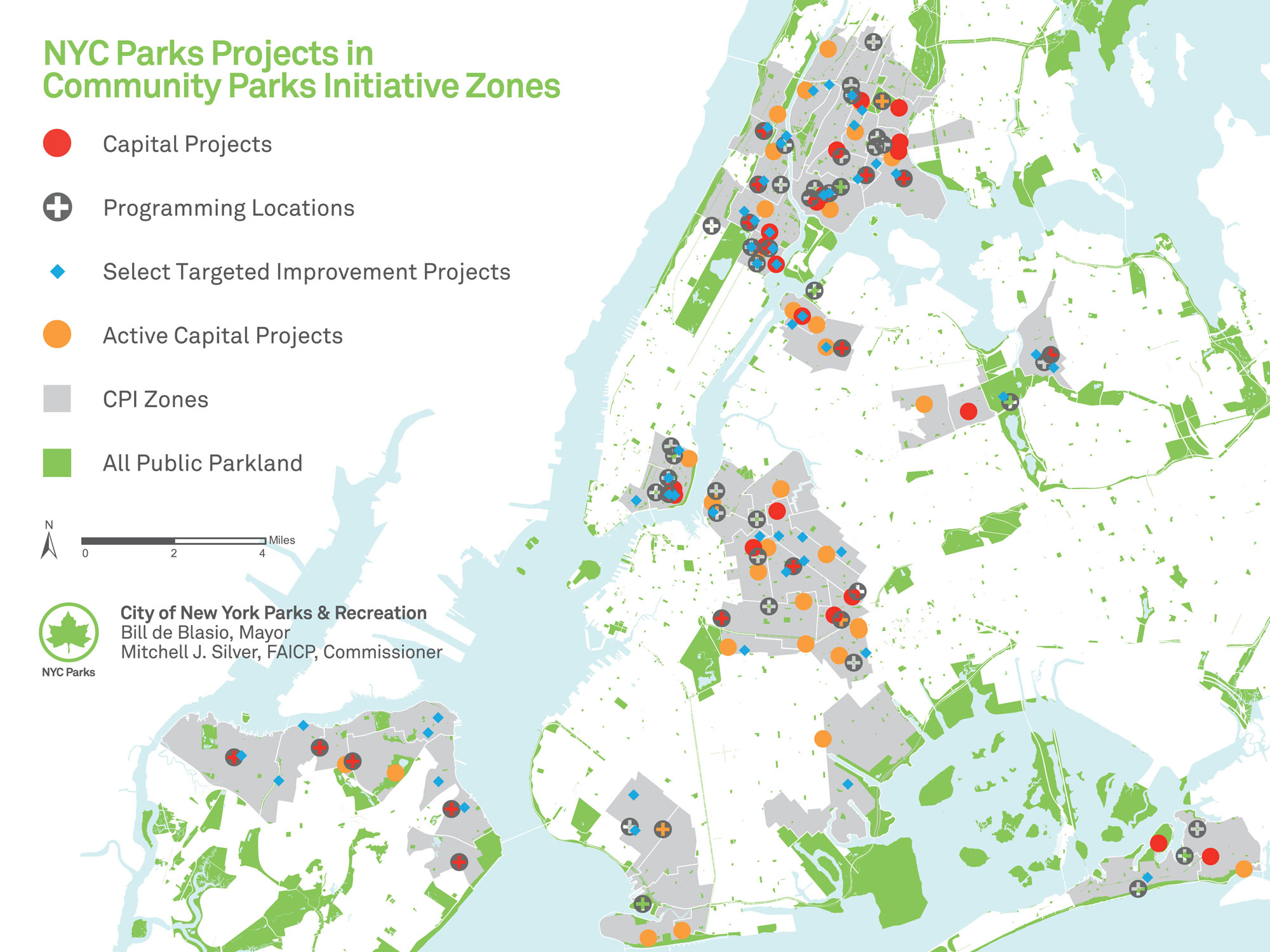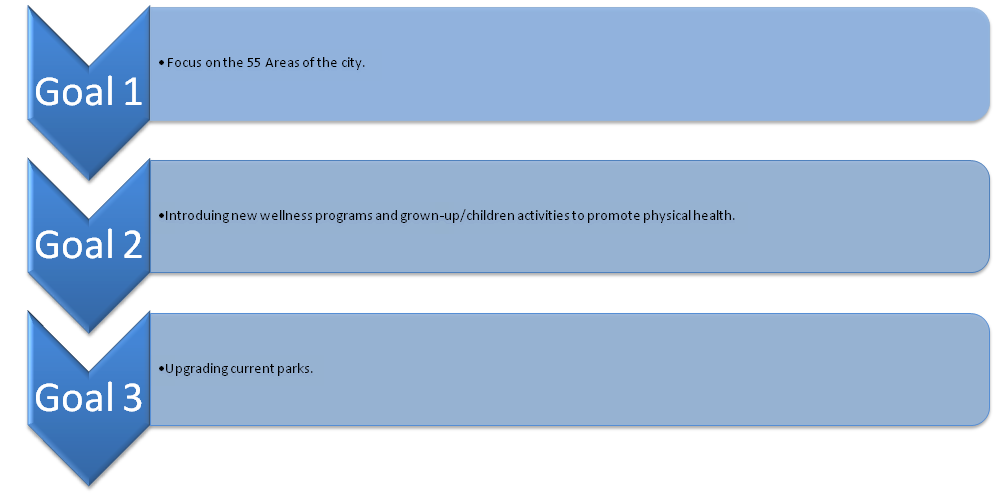Author: Austin Stanfel
As students spend more time in school, it is essential to give them regular breaks to help them recharge and refocus. Two common types of breaks are brain breaks and Recess. While they might sound similar, critical differences between the two can impact student learning and behavior.
Brain breaks are short activities designed to give students a mental break from academic tasks. They typically last a few minutes and can be done in the classroom. Examples of brain breaks include stretching, deep breathing, and quick games that require minimal physical activity, such as “Simon Says” or “I Spy.”
The purpose of brain breaks is to help students recharge and refocus. They allow students to move their bodies, take a mental break, and return to academic tasks with renewed focus and energy. Brain breaks can also be used to transition between activities or to help students who are struggling with a particular concept.
On the other hand, Recess is a more extended break that typically occurs outdoors. It allows students to engage in unstructured play and physical activity, such as running, jumping, and playing games with friends. Recess usually lasts 15-30 minutes and is often scheduled mid-morning or mid-afternoon.
Recess aims to provide students with an opportunity to engage in physical activity and socialization. It also allows students to take a mental break from academic tasks, which can help reduce stress and increase focus. Recess can also promote essential social and emotional skills, such as communication, problem-solving, and conflict resolution.
While brain breaks and Recess share some similarities, some critical differences between the two are essential to consider.
Here are some of the main differences:
Duration:
Brain breaks are typically shorter than Recess, lasting only a few minutes.
Conversely, Recess is a more extended break that can last up to 30 minutes.
Location:
Brain breaks occur in the classroom, while Recess occurs outside, often on a playground.
Activity:
Brain breaks involve light physical activity and mental stimulation, while Recess involves more physical activity and unstructured play.
Supervision:
Brain breaks are usually led by the teacher, who provides instruction and guidance. Recess monitors or other staff members usually supervise Recess.
Benefits:
Brain breaks help students refocus and recharge, while Recess provides physical activity and socialization opportunities. Both brain breaks and Recess can be valuable for students, but it is essential to use them appropriately to achieve the desired outcomes.
Here are some tips for incorporating brain breaks and Recess into the school day:
Use brain breaks strategically:
Brain breaks should be used strategically throughout the day to help students recharge and refocus. For example, you might use a brain break to transition between subjects or help students struggling with a particular concept. Be sure to keep brain breaks short and engaging to keep students interested.
Schedule recess strategically:
Recesses should be scheduled strategically to provide a break in the day and an opportunity for physical activity and socialization. Be sure to schedule Recess at a time when students are most in need of a break, such as mid-morning or mid-afternoon. Also, be sure to provide adequate time for students to engage in unstructured play and physical activity.
Provide appropriate supervision:
Both brain breaks and Recess require appropriate supervision to ensure students are safe and engaged. Be sure to provide clear guidelines and expectations for both activities and ensure staff members are adequately trained to supervise and manage student behavior.
Incorporate movement:
Both brains breaks and Recess should incorporate movement to help students get their bodies moving and their blood flowing. Be sure to include various movement activities that require light physical activity, such as stretching, yoga, and quick games.
Incorporate socialization:
Recess should allow students to socialize and develop critical social skills. Encourage students to play games, interact with one another, and provide opportunities for team-building activities. Additionally, consider using Recess to promote positive behavior and conflict resolution by encouraging students to work together to solve problems and communicate effectively.
Consider the needs of individual students:
Every student is unique, and it is essential to consider the needs of each individual when incorporating brain breaks and Recess into the school day. Some students may need more frequent breaks, while others may prefer to engage in more structured activities during Recess. Consider individualized plans to meet the needs of all students.
Incorporate academic content:
Brain breaks can also be used to reinforce academic content in a fun and engaging way. Consider incorporating quick games or activities that align with the academic content being taught. For example, if you are teaching a lesson on math, you could incorporate a quick game that involves counting or solving simple math problems.
Brain breaks and Recess are essential components of the school day that can help students stay focused and engaged. While they serve different purposes, both provide essential student learning and well-being benefits. By incorporating both into the school day and using them strategically, educators can help students achieve their full potential both academically and
socially.
Brain breaks and Recess have become increasingly important in education as research has shown the benefits they provide to students. Using these breaks helps counteract the adverse effects of prolonged sitting and intense cognitive activity, leading to decreased motivation, attention, and learning. Taking breaks also improves students’ health, reduces stress and anxiety, and promotes social and emotional skills.
Incorporating regular physical activity in Recess helps students develop healthy habits that they can carry into adulthood. Additionally, physical activity stimulates the brain and helps to improve cognitive function, memory, and attention. Social interaction during Recess provides opportunities for students to build relationships and practice social skills, such as communication, problem-solving, and cooperation.
Brain breaks, however, are designed to provide brief interruptions to classroom learning, allowing students to refocus their attention and regain their energy. Studies have shown that brain breaks can improve academic performance by enhancing students’ concentration, motivation, and creativity. Incorporating movement and mindfulness activities, such as yoga or breathing exercises, in brain breaks can also reduce stress and anxiety and promote overall well-being.
When it comes to brain breaks versus Recess, it is essential to remember that both serve unique purposes and should be used strategically. Brain breaks can provide quick, energizing breaks throughout the day, while Recess provides an opportunity for physical activity and unstructured play. Educators should use both types of breaks to promote student well-being and achievement.
In addition, it is worth noting that there are some potential downsides to both brain breaks and Recess. For example, if not appropriately managed, Recess can lead to injuries or behavior problems, while excessive or poorly designed brain breaks can lead to distractions and reduced academic performance. Educators need to use breaks strategically and provide proper supervision and guidance to ensure they are effective and safe.
In conclusion, brain breaks and Recess are essential components of the school day that provide students with opportunities to rest, recharge, and engage in physical activity and socialization. Educators can use these breaks strategically and incorporate movement and academic content to enhance student well-being and academic performance. It is essential to consider the unique needs of each student and provide appropriate supervision and guidance to ensure that these breaks are effective and safe. With the right approach, brain breaks and Recess can be powerful tools to promote student success and well-being.




